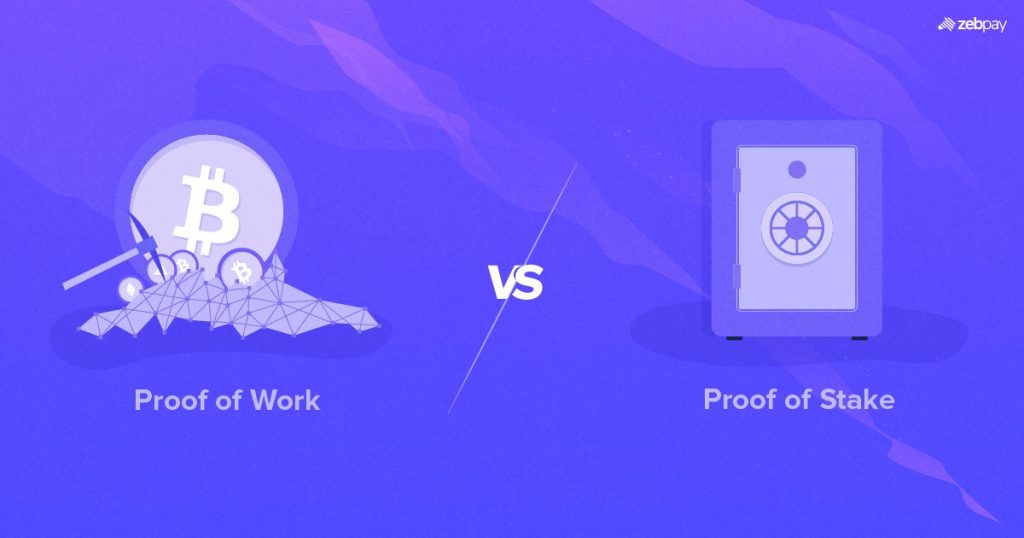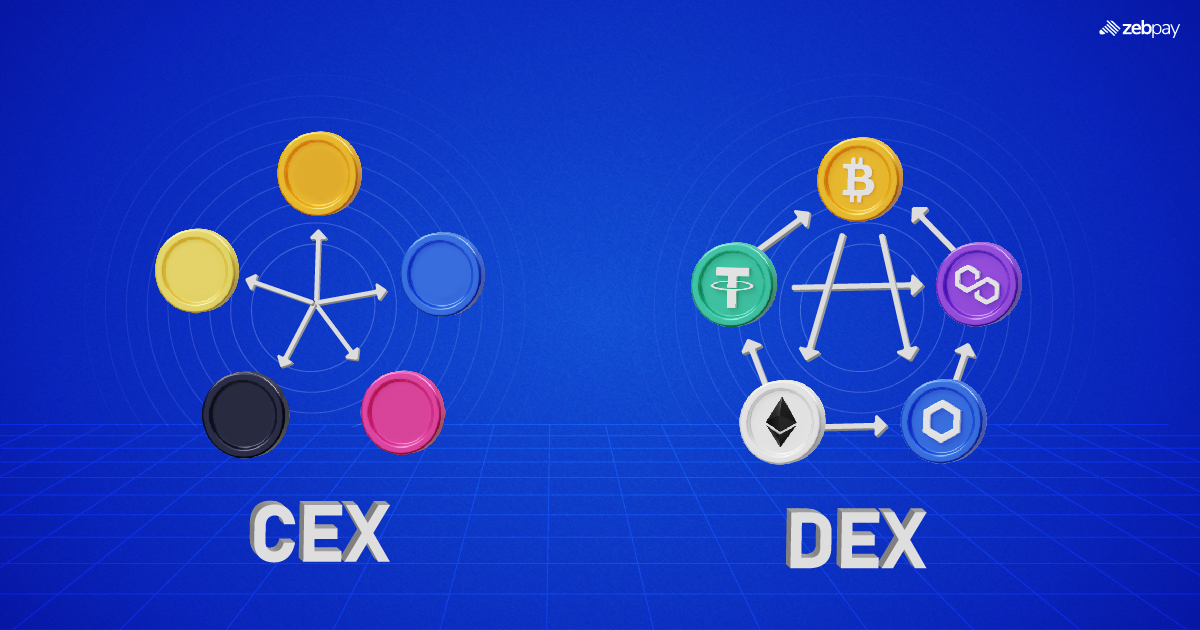Seventeen years ago today, the world witnessed the birth of a financial revolution — the Bitcoin Whitepaper. Released in 2008 by the mysterious Satoshi Nakamoto, it introduced a bold vision for a decentralized digital currency that could operate without banks or governments. That nine-page document didn’t just outline a new payment system — it laid the groundwork for what would become the global crypto movement.
Despite its immense impact, the whitepaper itself remains misunderstood by many. In this blog, we’ll simplify its key ideas, exploring how Bitcoin truly works, why it’s still relevant today, and how this 17-year-old concept continues to shape the future of money.
What is a Whitepaper?
A whitepaper is a detailed document that explains the mechanics of a complex idea, product, or solution. In the realms of technology and business, it often serves to introduce innovations, describe technical structures, or deliver an in-depth analysis of a problem. Essentially, a whitepaper acts as an authoritative guide — defining a challenge, presenting a solution, and supporting it with data-driven insights or research.
In the crypto space, whitepapers play a crucial role in defining new digital assets and blockchain projects. They offer potential users, investors, and developers a transparent understanding of the project’s goals, how it operates, and what problem it aims to solve. By reading and understanding whitepapers, newcomers can gain valuable insights into how crypto technologies function and what sets them apart from traditional systems.
Overview of the Bitcoin Whitepaper
Titled “Bitcoin: A Peer-to-Peer Electronic Cash System”, the Bitcoin Whitepaper was published in 2008 by the enigmatic Satoshi Nakamoto. In just nine pages, it presented a groundbreaking framework for a decentralized digital currency—one that could function without reliance on banks, governments, or any central authority. Its primary objective was to tackle the long-standing “double-spending problem,” a challenge faced by traditional digital currencies that depend on intermediaries to verify and authorize transactions.
At the heart of Nakamoto’s vision was the idea of using a P2P network, where users could directly transfer value without intermediaries. The whitepaper introduced the concept of blockchain technology, a distributed ledger system where transactions are verified by network participants (called nodes) and recorded in blocks. Each block is linked to the previous one, creating a secure, tamper-resistant network.
Moreover, the whitepaper introduced the “Proof-of-Work (PoW)” concept as a method for validating transactions and securing the network, ensuring that no single entity could control or manipulate the system. It also outlined the incentive mechanism for BTC mining, where users who contribute computational power to validate transactions are rewarded with newly minted BTC.
Also Read: Bitcoin Price Prediction
Breaking Down Key Sections
- Introduction
The Problem: Nakamoto starts by identifying the primary issue with traditional financial systems: the need for trusted third-parties to mediate transactions. This centralisation creates inefficiencies, potential for fraud, and limits financial freedom.
The Solution: Nakamoto proposes a P2P electronic cash system that allows transactions directly between parties, without relying on intermediaries.
- Transactions
How It Works: This section explains the basics of BTC transactions. When a user sends a BTC, the transaction is broadcast to the network, and every node works to validate it. Once a transaction is added to a blockchain, it’s irreversible.
Digital Signatures: BTC transactions are secured using cryptography. Each user has a public and private key, and digital signatures are used to prove ownership of the BTC being sent.
- Timestamp Server & Blockchain
The Blockchain Concept: Satoshi introduces the idea of a timestamp server, which takes a hash of a block of transactions and adds it to a chain of prior blocks.
Decentralised Ledger: By distributing this ledger across the entire network, BTC eliminates the need for a single, central authority to control or validate the system.
- PoW Securing the Network: PoW is the mechanism that secures the BTC network. It requires miners to solve complex mathematical puzzles to validate new blocks and add them to the blockchain. This process prevents malicious actors from accessing & altering previous transactions.
Incentives for Miners: To motivate participants, miners are rewarded with newly created BTC for solving these puzzles, ensuring that the network remains robust and secure.
- Privacy Anonymity and Transparency: Nakamoto strikes a balance between transparency and privacy. While the BTC ledge is public and available to all, users’ identities are hidden behind pseudonymous addresses. This ensures that the system is open, but individual users maintain a level of privacy.
- Combining and Splitting Value
Transaction Flexibility: BTC allows for large and small transactions by breaking down or combining units. This flexibility allows BTC’s usage for all types of financial transactions, from micro transactions to large transfers.
Real-World Implications
| Decentralisation of Finance | Apart from eliminating the need for banks and government authorities to mediate financial transactions, BTC enables fast and inexpensive cross-border transactions. |
| Birth of Blockchain Technology | The whitepaper introduced blockchain, which has evolved for different industry use-cases, along with laying the groundwork for innovations such as smart contracts and decentralised finance (DeFi). |
| Financial Inclusion | BTC’s decentralised nature ensures that transactions cannot be censored or restricted by any centralised authority. |
| Rise of a New Asset Class | BTC has often been referred to as “digital gold” due to its limited supply and its role as a store of value. Over the years, major financial institutions have started to recognise BTC’s value. |
| Pioneering New Opportunities | BTC has spurred the growth of entirely new markets and industries, from crypto exchanges and wallets to mining companies and blockchain development firms. |
Conclusion
The Bitcoin whitepaper laid the foundation for a decentralised financial revolution, transforming how we perceive money, security, and technology. By unpacking its core principles, even beginners can grasp its significance in redefining modern finance. Understanding this document is key to appreciating Bitcoin’s enduring influence on the global financial system.
In the grand scheme of things, ZebPay blogs is here to provide you with crypto wisdom. Click on the button below and discover endless features on ZebPay!







